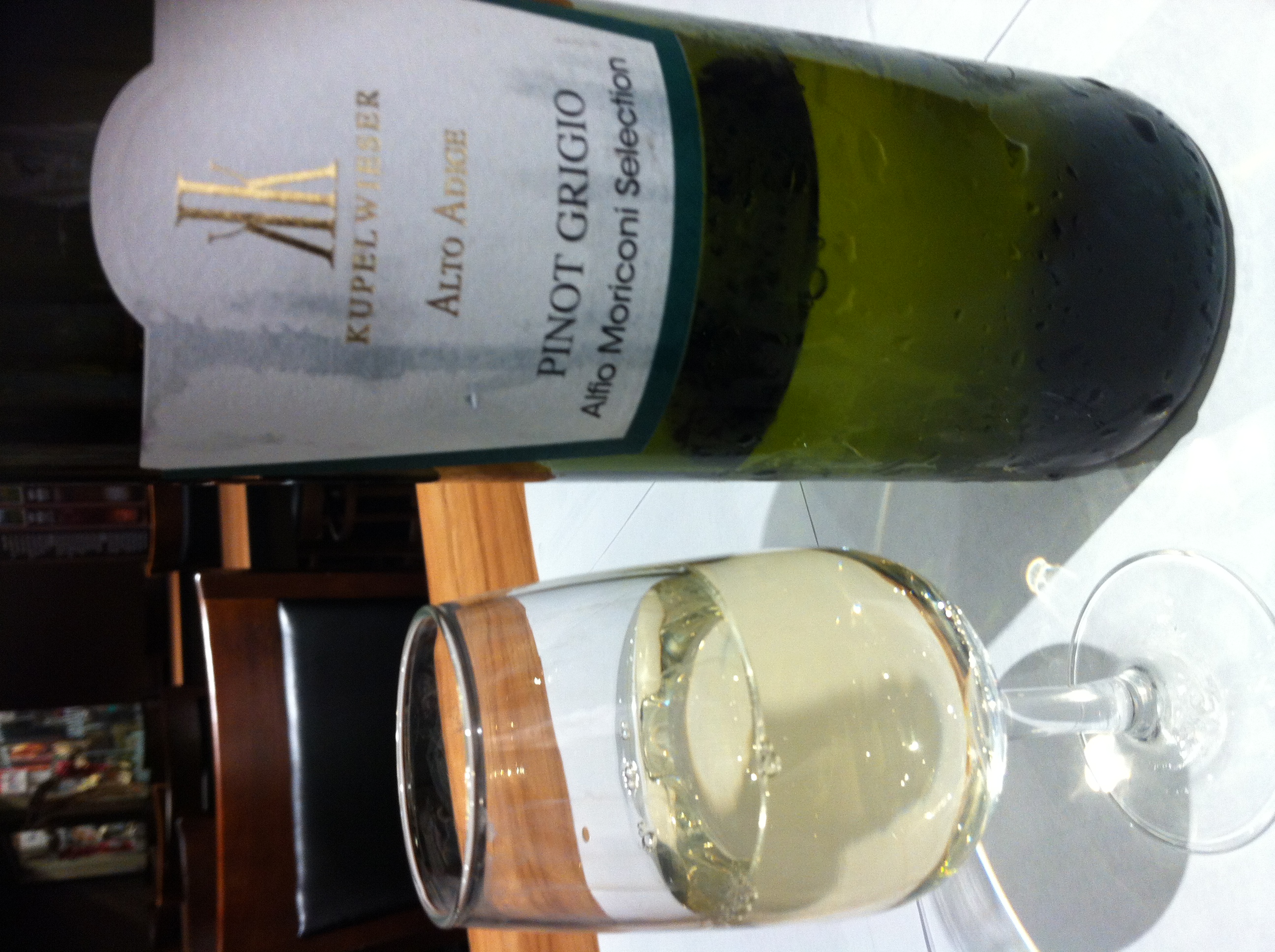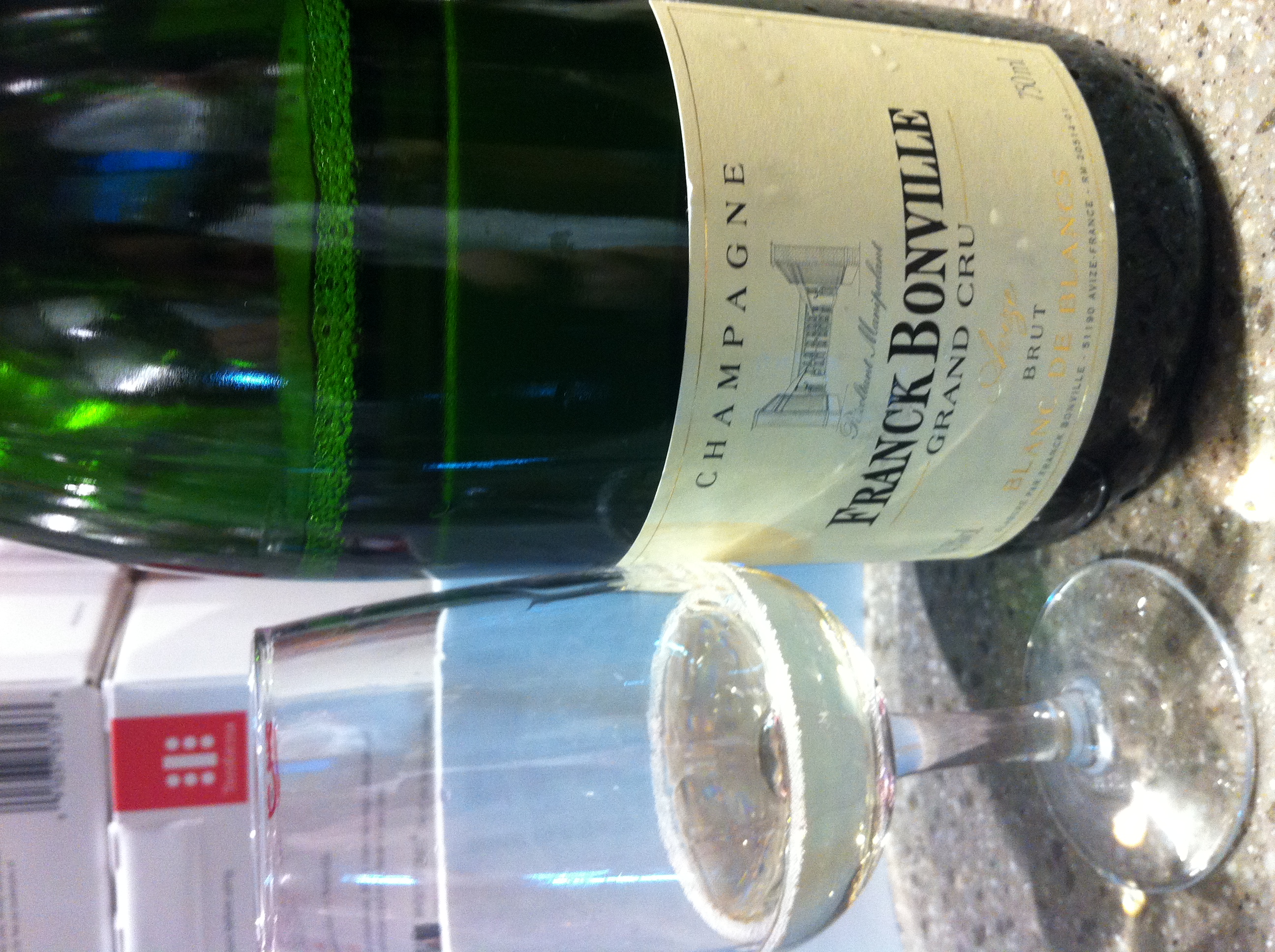|
Aloxe-Corton Premier Cru
Aloxe-Corton wine () is produced in the communes of Aloxe-Corton and Ladoix-Serrigny in Côte de Beaune of Burgundy wine, Burgundy. The ''appellation d'origine contrôlée'' (AOC) Aloxe-Corton may be used for red wine, red and white wine with respectively Pinot noir and Chardonnay as the main grape variety. The production consists of almost only red wine, around 98 per cent, and only around two per cent white wine. The southern and eastern side of the Corton hill is located in the commune of Aloxe-Corton, including vineyards of all three Grand cru (wine), Grand Cru AOCs of the hill; Corton (wine), Corton, Corton-Charlemagne and Charlemagne (wine), Charlemagne, and its northeastern part in the commune of Ladoix-Serrigny. The major part of the Corton hill is located within Aloxe-Corton. The AOC was created in 1938. In 2008, there was of vineyard surface in production for Aloxe-Corton wine at village and Premier Cru level, and 4,382 hectoliter of wine was produced, of which 4,301 h ... [...More Info...] [...Related Items...] OR: [Wikipedia] [Google] [Baidu] |
Corton (wine)
Corton is an ''Appellation d'origine contrôlée'' (AOC) and Cru (wine)#Grand cru, Grand Cru vineyard for red wine, red and white wine in the Côte de Beaune subregion of Burgundy wine, Burgundy. It is located on a hill shared between the three villages of Aloxe-Corton, Pernand-Vergelesses and Ladoix in the Côte de Beaune, Burgundy (region), Burgundy. The appellation covers the lower parts of the Corton hill and includes several subordinate vineyard names, or ''Lieu-dit, climats'', within the AOC. Because of the size of the AOC and the variability of these ''climats'', it is the rule rather than the exception that the name of the ''climat'' is indicated together with that of the Corton AOC, leading to designations such as Corton Clos du Roi and Corton Les Bressandes. Corton is rare in this aspect, as the 'climat' is seldom used for other Grand Cru appellations in Côte d'Or (escarpment), Côte d'Or. The AOC was created in 1937. Corton wines are mostly red (around 95 per cent of ... [...More Info...] [...Related Items...] OR: [Wikipedia] [Google] [Baidu] |
Lieu-dit
''Lieu-dit'' (; plural: ''lieux-dits'') (literally ''location-said'', "named place") is a French language, French toponymic term for a small geographical area bearing a traditional name. The name usually refers to some characteristic of the place, its former use, a past event, etc. A lieu-dit may be uninhabited, which distinguishes it from an ''hameau'' (Hamlet (place), hamlet), which is inhabited. In Burgundy, the term ''climat'' is used interchangeably with ''lieu-dit''. Etymology English speakers seem to have discovered the concept through oenology and have considered it as a Glossary of wine terms, wine term which in its typical usage translates as "vineyard name" or "named vineyard". Typically, a ''lieu-dit'' is the smallest piece of land which has a traditional vineyard name assigned to it. In most cases, this means that a ''lieu-dit'' is smaller than an ''appellation d'origine contrôlée'' (AOC). Use in France In some cases, ''lieux-dits'' appear on wine labels, in addi ... [...More Info...] [...Related Items...] OR: [Wikipedia] [Google] [Baidu] |
The Washington Post
''The Washington Post'', locally known as ''The'' ''Post'' and, informally, ''WaPo'' or ''WP'', is an American daily newspaper published in Washington, D.C., the national capital. It is the most widely circulated newspaper in the Washington metropolitan area and has a national audience. As of 2023, the ''Post'' had 130,000 print subscribers and 2.5 million digital subscribers, both of which were the List of newspapers in the United States, third-largest among U.S. newspapers after ''The New York Times'' and ''The Wall Street Journal''. The ''Post'' was founded in 1877. In its early years, it went through several owners and struggled both financially and editorially. In 1933, financier Eugene Meyer (financier), Eugene Meyer purchased it out of bankruptcy and revived its health and reputation; this work was continued by his successors Katharine Graham, Katharine and Phil Graham, Meyer's daughter and son-in-law, respectively, who bought out several rival publications. The ''Post ... [...More Info...] [...Related Items...] OR: [Wikipedia] [Google] [Baidu] |
The Hotel Inspectors
"The Hotel Inspectors" is the fourth episode of the first series of the British television sitcom ''Fawlty Towers''. Written by John Cleese and Connie Booth and directed by John Howard Davies, it was first broadcast on BBC2 on 10 October 1975. The episode revolves around the arrival of two guests, Mr Hutchinson and Mr Walt. When Sybil receives a phone call from a friend, warning her of the presence of hotel inspectors in the area, Basil must decide which of his new guests could be the inspector. The episode has been cited as having borrowed plot elements from Nikolai Gogol's ''The Government Inspector''. Bernard Cribbins's performance as Mr Hutchinson has been widely praised. The episode was later adapted into a stage play. Plot Two guests, Mr Walt and Mr Hutchinson, arrive separately at reception. Whilst Mr Walt is quiet and reserved, Mr Hutchinson immediately irritates Basil by making several awkward requests and asks for specific directions to a meeting. As Mr Hutchinson l ... [...More Info...] [...Related Items...] OR: [Wikipedia] [Google] [Baidu] |
Fawlty Towers
''Fawlty Towers'' is a British television sitcom written by John Cleese and Connie Booth, originally broadcast on BBC Two in 1975 and 1979. Two series of six episodes each were made. The series is set in Fawlty Towers, a dysfunctional fictional hotel in the English seaside town of Torquay in Devon. The plots centre on the tense, rude and put-upon owner Basil Fawlty (Cleese), his bossy wife Sybil ( Prunella Scales), the sensible chambermaid Polly (Booth), and the hapless and English-challenged Spanish waiter Manuel ( Andrew Sachs). They show their attempts to run the hotel amidst farcical situations and an array of demanding and eccentric guests and tradespeople. The idea of ''Fawlty Towers'' came from Cleese after he stayed at the Gleneagles Hotel in Torquay, Devon, in 1970 (along with the rest of the Monty Python troupe), where he encountered the eccentric hotel owner Donald Sinclair. Stuffy and snobbish, Sinclair treated guests as though they were a hindrance to his ... [...More Info...] [...Related Items...] OR: [Wikipedia] [Google] [Baidu] |
Potential Alcohol
Must weight is a measure of the amount of sugar in grape juice (must) and, hence, indicates the amount of alcohol that could be produced if it is all fermented to alcohol, rather than left as residual sugar. , accessed on March 26, 2009 Measurement is in degrees In France and many other countries, the grape must density is often recalculated to show potential alcohol, the percent alcohol content that would be the result if the must were fermented to a completely dry wine.Refractometer scales * (°Bx): Used in |
Pinot Gris
Pinot gris, pinot grigio (, ), or ''Grauburgunder'' is a white wine grape variety of the species ''Vitis vinifera''. Thought to be a mutant clone of the pinot noir variety, it normally has a pinkish-gray hue, accounting for its name, but the colors can vary from blue-gray to pinkish-brown. The word ''pinot'' could have been given to it because the grapes grow in small pinecone-shaped clusters. The wines produced from this grape also vary in color from a deep golden yellow to copper and even a light shade of pink,J. Robinson: ''Vines Grapes & Wines'', p. 158. Mitchell Beazley 1986. . and it is one of the more popular grapes for skin-contact wine. Pinot gris is grown around the globe, with the "spicy" full-bodied Alsatian and lighter-bodied, more acidic Italian styles being most widely recognized. The Alsatian style, often duplicated in New World wine regions such as Marlborough, Oregon, South Africa, South Australia, Tasmania, and Washington, tend to have moderate to lo ... [...More Info...] [...Related Items...] OR: [Wikipedia] [Google] [Baidu] |
Pinot Blanc
Pinot blanc () or Pinot bianco is a white wine grape. It is a point genetic mutation of Pinot noir. Pinot noir is genetically unstable and will occasionally experience a point mutation in which a vine bears all black fruit except for one cane which produces white fruit. Origins and regional production In Alsace, Germany, Luxembourg, Italy, Hungary, Czech Republic and Slovakia, the wine produced from this grape is a full-bodied white. In Germany, where it is known as Weißer Burgunder or Weißburgunder, there were of Pinot blanc in 2018. The most powerful versions are usually made in Baden and Palatinate. In 2018, there were of Pinot blanc in France, with most of the plantations found in Alsace, where it is used for both still white wines and is the most common variety used for sparkling wine, Crémant d'Alsace. Somewhat confusingly, the designation "Pinot blanc" for Alsace AOC wine does not necessarily mean that the wine is varietally pure Pinot blanc. (This is in differenc ... [...More Info...] [...Related Items...] OR: [Wikipedia] [Google] [Baidu] |
Charlemagne (wine)
Corton-Charlemagne is an ''Appellation d'origine contrôlée'' (AOC) and Grand Cru vineyard for white wine in the Côte de Beaune subregion of Burgundy. It is located in the communes of Aloxe-Corton, Pernand-Vergelesses and Ladoix-Serrigny with Chardonnay, and Pinot Blanc being the only permitted grape varieties. Around 300,000 bottles of white wine are produced each year in the appellation. Corton-Charlemagne is named after the Holy Roman Emperor Charlemagne, who once owned the hill of Corton on which the vineyards now rest. The first mention of a ''Clos de Charlemagne'' dates to 1375, in a lease of the 'Clos le Charlemagne' by the Chapitre de Saint-Androche-de- Saulieu. According to later legend, the vineyards are dedicated to white grape varieties because the emperor's wife preferred white wines as they did not stain his beard. The AOC was created in 1937. The vines are located on the higher ground of a hilltop that stretches between the Burgundian villages of Ladoix-Serri ... [...More Info...] [...Related Items...] OR: [Wikipedia] [Google] [Baidu] |
Grand Cru (wine)
Cru is a wine Glossary of wine terms, term used to indicate a high-quality vineyard or group of vineyards. It is a French language, French word which was originally used to refer to both a region and anything grown in it, but is now mostly used to refer to both a vineyard and its wines. The term is often used within classification of wine, classifications of French wine. By implication, a wine that displays (or is allowed to display) the name of its ''cru'' on its wine label is supposed to exhibit the typical characteristics of this vineyard or group of vineyards. The terms ''premier cru'' and ''grand cru'' designate levels of presumed quality that are variously defined in different wine regions. ''Premier cru'' ''Premier cru'' is a French language wine term corresponding to "first growth" and which can be used to refer to classified vineyards, winery, wineries and wines, with different meanings in different wine regions:J. Robinson (ed.). ''The Oxford Companion to Wine'', Third E ... [...More Info...] [...Related Items...] OR: [Wikipedia] [Google] [Baidu] |








